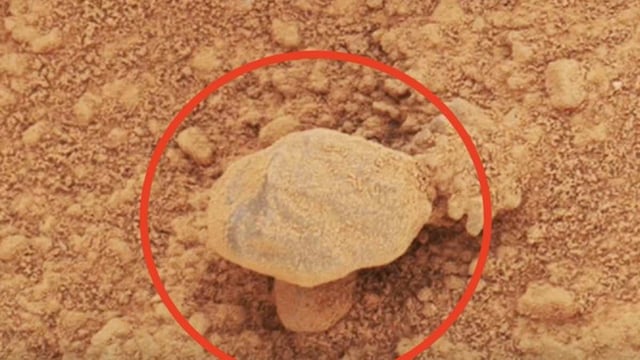Overview
- A Mars surface photo taken by NASA’s Curiosity rover in September 2013 was recently spotlighted by UFO hunter Scott Waring for its mushroom-like appearance.
- University of Birmingham physicist Dr Gareth Dorrian and other experts identify the object as a wind-sculpted rock formation or ancient concretion rather than a fungus.
- Mars’s thin atmosphere allows intense ultraviolet and cosmic radiation to bombard the surface while temperatures swing from about 20°C during the day to –100°C at night, creating a sterile environment.
- Curiosity did not perform additional measurements because similar geological features are common across the Martian surface.
- Future missions, including the Rosalind Franklin rover slated for 2028, will focus on drilling below the surface to search for possible biosignatures.


